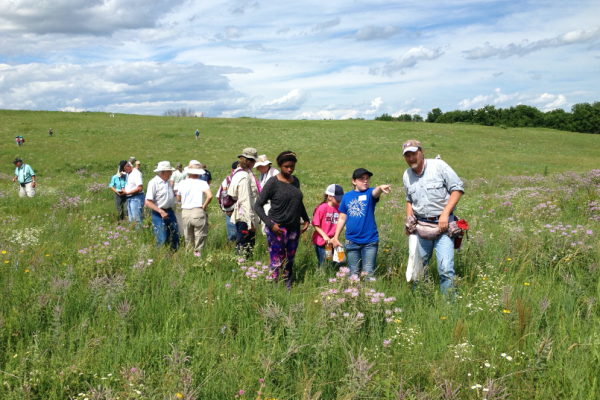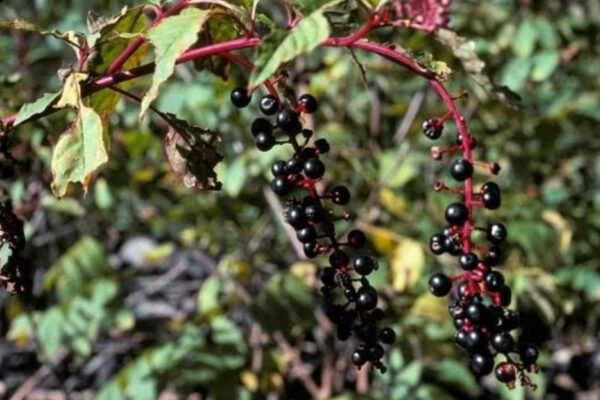by Kristen Hewitt | Farmers Almanac/Home and Garden
• The word ‘pumpkin’ comes from the Greek word, ‘pepon’, which means a ‘large melon.’
• Pumpkins originated in Central America.
• Pumpkins are actually a fruit. Many people think it should be our national fruit.
• Pumpkin is really a squash. It is in the Curcurbita family along with squash and cucumbers.
• The yellow-orange flowers that bloom on the pumpkin vine are edible.
• Pumpkin seeds taste great roasted and contain medicinal properties.
• Native Americans grew and ate pumpkins and its seeds long before the Pilgrims reached this continent. Pilgrims learned how to grow and prepare pumpkins from the Native Americans.
• Pumpkin was most likely served at the first Thanksgiving feast celebrated by the Pilgrims and the Indians in 1620.
• The earliest pumpkin pie made in America was quite different than the pumpkin pie we enjoy today. Pilgrims and early settlers made pumpkin pie by hollowing out a pumpkin, filling the shell with milk, honey and spices and baking it.
• Early settlers dried pumpkins shells, cut it into strips and wove it into mats.
• Pumpkin has been prepared in a variety of ways from soups to stews to desserts since the immigration of the first European settlers.
• The ‘Pumpkin Capital of the World’ is Morton, Illinois. Home of Libby’s pumpkin industry.
• The state of Illinois grows the most pumpkins. It harvests about 12,300 acres of pumpkins annually.
• Each year, growers compete for the title of growing the world’s largest pumpkin. The largest recorded pumpkin grown was on October 1, 2005 at the Pennsylvania Giant Pumpkin Growers Weighoff. It weighed in at 1,469 pounds, breaking all previous world records. It was grown by Larry Checkon of North Cambria, Penn.
• Pumpkins were formerly considered a remedy for freckles and snakebites.
• Natural medicine practitioners have proven that consuming pumpkin seeds reduces the risk of prostate disorders in men.




